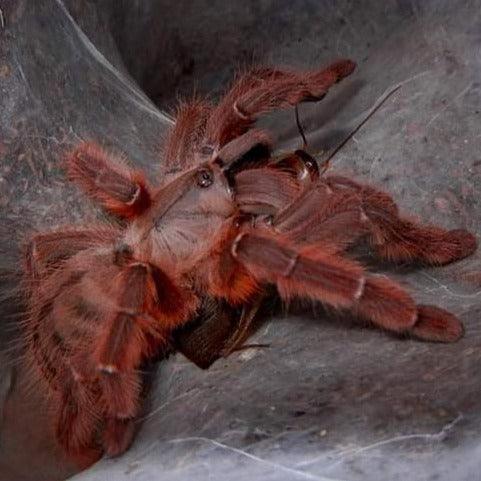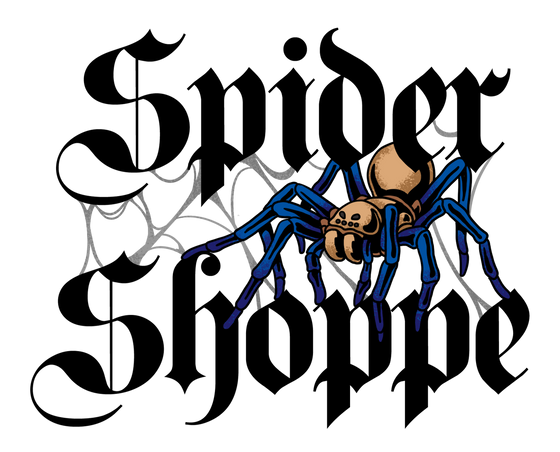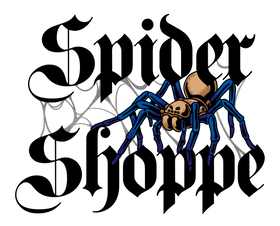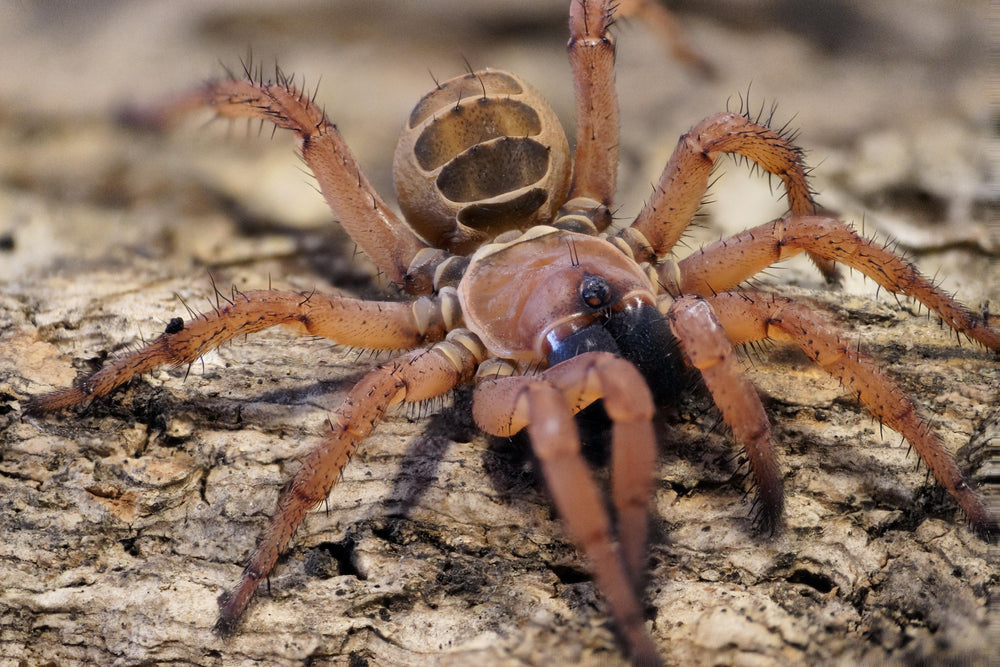
Aspinochilus rufus (Peach Earth Tiger) 0.75"
- Live Arrival Guarantee
- Live Animals Ship FedEx Priority Overnight (Mon-Weds)
- In stock, ready to ship
- Inventory on the way
The Rufus Earth Tiger Tarantula, Aspinochilus rufus Müller [formerly Phormingochilus sp. 'rufus'] is a seriously gorgeous, hardy, and criminally underrated arboreal Old World tarantula that now represents its own genus. These spiders have gone under the names "Peach Earth Tiger" and "Rufus Earth Tiger" (rufus is Latin for "red"), but perhaps could be thought of as the "Rufio” Earth Tiger, given the likeness of their red mohawk-like leg flanges and wicked agility to the character from Steven Spielberg's "Hook.”
A. rufus is Asia's analog for the Usambara Baboon Tarantula in terms of temperament, warm colors, and ease of captive breeding. It is an excellent species to work with if you want to try breeding Southeast Asian tarantulas. This tarantula attains a 6-7" diagonal leg span, but females reach reproductive maturity around a 4.5" diagonal leg span and can be paired by that size for breeding.
The Rufus Earth Tiger is stunning in person, with beautiful russet and fawn-colored velvet-like hairs adorning the body, legs, and chelicerae. The abdomen has a crisp tiger chevron that is classic for earth tigers of the subfamily Ornithoctoninae. Long cactus spine-like red setae extend from the legs' dorsal (upper) surface. Each leg has an electric salmon-red feathery flange of vivid setae that creates a glowing red halo around the tarantula, a unique color among tarantulas.
A. rufus is native to lush tropical rainforests at approximately 2,900ft (900m) elevation, covering rugged terrain along the flanks of stratovolcanoes of East Java, Indonesia. Mature specimens build their silken retreats in tree hollows and juveniles build their hides among tree roots and between branches and roots of canopy epiphytic (canopy-dwelling) plants. This species is under threat of extinction in the wild because its only remnant forest habitats are threatened by deforestation for agricultural expansion- making captive breeding efforts significant for the survival of the species.
This species is very hardy, has a fast growth rate and a strong feeding response, and is an excellent introduction to spicy Old World tarantulas of Southeast Asia. However, A. rufus is best suited for keepers with some experience as they are skittish, move lightning fast, have more potent venom than New World tarantulas, and are highly defensive (prone to bite) if spooked.
Vertical arboreal enclosures that are taller than wide with excellent cross-ventilation are best for A. rufus. A deep, airy substrate is helpful for opportunistic burrowing, but this species will construct beautiful, sweeping silk-lined galleries of aerial tunnels as they gain size. Allow the substrate to dry out almost completely between periodic light mistings. Aspinochilus and Phormingochilus thrive in well-aerated, humid enclosures with barely moist substrate and can succumb to excessive moisture or stagnant conditions. A slab or half round of cork bark propped up vertically along with large magnolia leaves in adult enclosures makes for a good roost for these arboreals. A. rufus is a gorgeous Old World tarantula that is fun to work with and should be a staple for every serious tarantula collection.
Photo by Jeff Benca

Info on our shipping policy can be found on our T&C page.



